Selling Your Documentary To Netflix and the Streamers 2025
Making A Celebrity Documentary:
"For the Love of Spock" Case Study
These days, one of the most popular documentary genres is the "celebrity documentary."
These films often hone in on a scandal, a little known backstory, or the day-to-day of the person behind the fame.
Regardless of the angle, these documentaries fall within the category of biographical, meaning, they tell the true story of a person's life.
And these high-profile stories are always in demand.
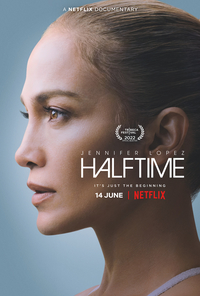
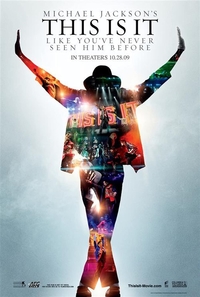
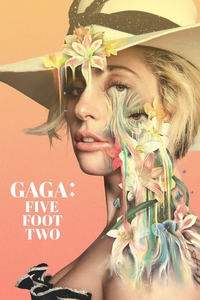
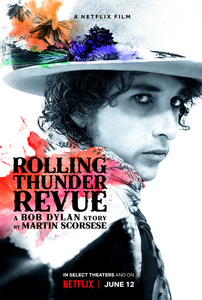
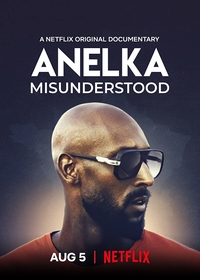
Learn How To Get Your Documentary On NETFLIX
Networks, streamers and their audiences are always in the mood for a good celebrity doc. So, what is it like to make one?
In the below video, the makers of For the Love of Spock detail their process behind the scenes, including how they found the story.
Thanks to B&H for sharing this insight-packed presentation! (You can skip to 2:05 for the beginning of the interview)
MAKING A CELEBRITY DOCUMENTARY:
FINDING THE STORY
TIP! If you're not close to your celebrity subject, aim to get a producer onboard who is.
Before making For the Love of Spock, producer Joe Kornbrodt had worked on other productions about the topic of Star Trek, mainly the series The Captains.
While working on The Captains, Kornbrodt met producer David Zappone. Around that same time, Zappone met Leonard Nimoy at a Star Trek convention.
Then, in 2014, Zappone got a call from Leonard Nimoy saying, simply, “my son and I want to do a documentary about the character of Spock.”
And it just so happened that Adam Nimoy, the son of Spock, had been the directing instructor of Luke Snailham at the New York Film Academy.
Initially, Snailham’s involvement was to assist Nimoy in locating and pulling all clips of Spock. He edited together a sizzle reel (what is a sizzle reel), but it flopped at first.
They needed to find the story.
The filmmakers told Adam Nimoy:
“Anyone can make a documentary about Star Trek, anyone can make a documentary about Spock… but not just anyone can tell the story with the same relevance or same insight as the son of the actor.”
But then, Leonard Nimoy suddenly passed away in 2015. The public outpouring that followed was motivation enough to keep looking for the story, which they eventually found in the story of Leonard himself.
Slowly, Adam Nimoy embraced the idea of a more personal documentary, not just about Spock, but about Leonard, his father.
According to Snailham, “Adam recognized that we might have always been correct to move the story in that direction, but he had to come to that decision himself.”
Watch the video message from Adam Nimoy:
A personal video is a must-have for a successful crowdfunding campaign.
MAKING A CELEBRITY DOCUMENTARY:
WHAT IS THE COST?
TIP! Prepare to fund a high-budget documentary - at least $500,000 dollars.
Initially, producer Dave Zappone pitched networks and streaming services.
But, about a year and a half prior to this film, the team had seen the success that the Veronica Mars movie had on Kickstarter.
The filmmakers took that as a sign that crowdfunding could work for their film.
The thing about Kickstarter that appealed to Adam Nimoy and the filmmakers is that you don't have to answer to a studio. With a Kickstarter campaign, you can go out and try to make the film first, exactly how you want it.
This approach has its risks, however, mainly, regarding distribution:
“If you’re unsuccessful with the film, you’re not going to get a distribution deal later.”
BUDGET FOR A CELEBRITY DOCUMENTARY
It’s not a cheap proposition to make a film about a celebrity - we’re talking about A LOT of licensing fees.
To do it right and get the studio backings, you need to license all of your material beforehand. And so, for a documentary of this kind, that can cost about half of a million dollars. Because it's not just the visuals, but the scores and music from the original clips. Sometimes these filmmakers had to pursue licenses from 4 different composers just for one piece of music!
The licensing fees, the performance fees, the musicians' union fees… it all adds up quickly.
But, the good news with these kinds of documentaries is you typically have a large fan base from which to fundraise.
Learn how to FIND FUNDING for your documentary.
In the end, this film was completely funded on Kickstarter!
MAKING A CELEBRITY DOCUMENTARY:
PRODUCTION & CRAFTING THE NARRATIVE
TIP! Prepare to spend at least two years from concept to completion.
The making of this documentary all started with talking to the people who knew Leonard.
In total, the team filmed about 80 hours of interviews!
They spent one full week at Raleigh Studios shooting approximately four interviews a day. Then, they moved around a bit to interview friends and family.
At the time of filming, Star Trek Beyond (2016) was also in production, so the filmmakers traveled to Vancouver to grab interviews with the newer cast members.
For the interviews with original cast members Michelle Nichols and Jason Alexander, the production rented hotel rooms in Studio City. And to do an interview with scientist Amy Mainzer, they got the permissions to film in the JLA Control Room at NASA!
For the better part of a year, the team collected diverse interviews and locations to complement the archival footage. But still, the team ran up against the recurring question... how should we connect the narrative?
On top of that, the team grappled with the question of... how do you weave a narrative together if your subject is no longer living?
Luckily, Leonard Nimoy had written two books on his life as Spock. But, they didn’t stop at just the text.
In addition, the filmmakers used the audiobook of "I am Spock," which had 4 hours of audio in Leonard’s own voice!
According to editor Luke Snailham, “[Those books] were key for us, to get his perspective as an actor, but what we were missing was the definitive Leonard Nimoy…”
In other words, they needed a way to learn “who was the person behind the character, behind the fame?”
One day, Adam Nimoy walked into the editing suite and said, “Hey, I’ve got this letter my father wrote me…do you think there is any use for it?”
RESOUNDING YES!
According to producer Joe Kornbrodt, “it made the film."
TIP! Personal memorabilia is essential when making a celebrity documentary.
Post-Production: Organizing Your Drive
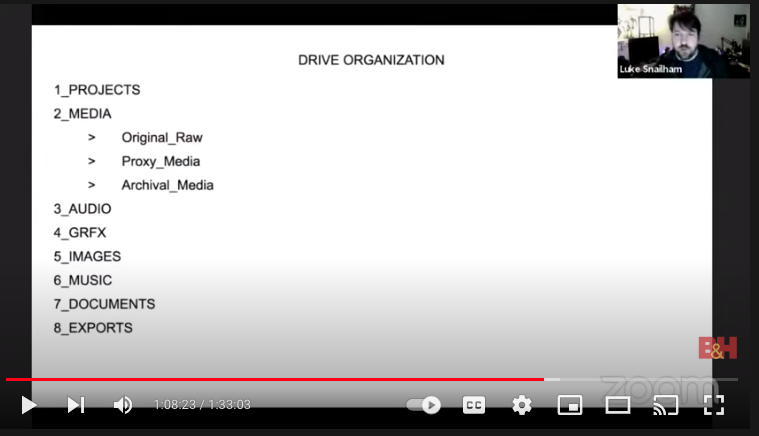
Watch from 1:08 for a helpful guide to organizing your drive.
MAKING A CELEBRITY DOCUMENTARY:
THE GEAR
Here is the primary gear used for the "For the Love of Spock" documentary:
Cameras: Red Epic, provided by the New York Film Academy
Editing Software: Adobe Premiere
Computers: 2 iMacs, funded by the Kickstarter campaign
In-Camera Storage: 64 GB and 32 GB REDMAG SSDs
External Storage: 4 G-Raid Drives
Popular Filmmaking Gear
THE DISTRIBUTION - NETFLIX RELEASE
The "For the Love of Spock" documentary premiered at the 2016 Tribeca Film Festival and had a theatrical run before being acquired by Netflix.
Learn More:
For The Love Of Spock (Wikipedia)
How To Get Your Documentary on Netflix
Documentary Courses, Tutorials & Templates
Ready To Make Your Dream Documentary?
Sign up for our exclusive 7-day crash course and learn step-by-step how to make a documentary from idea to completed movie!

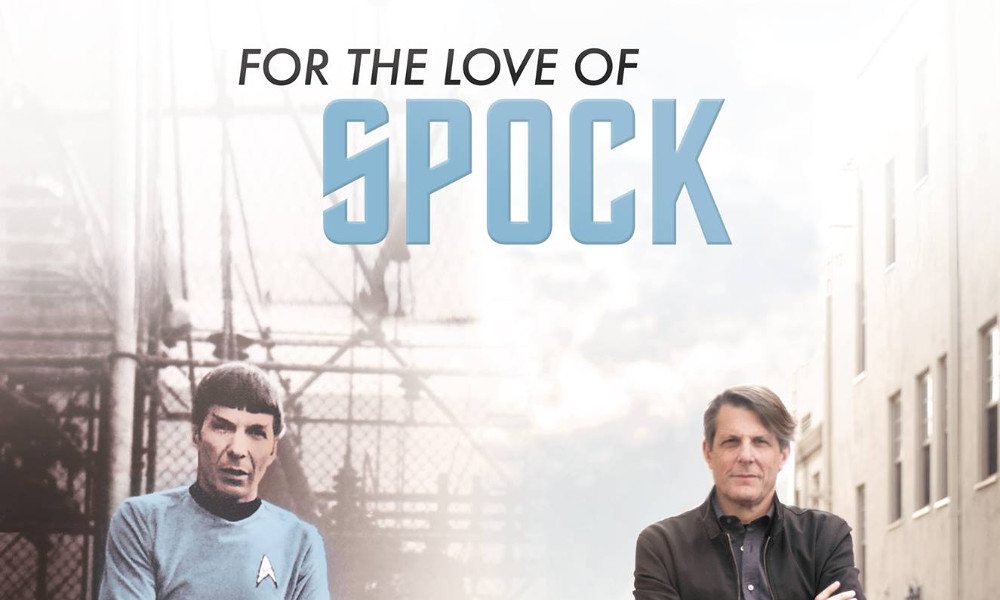
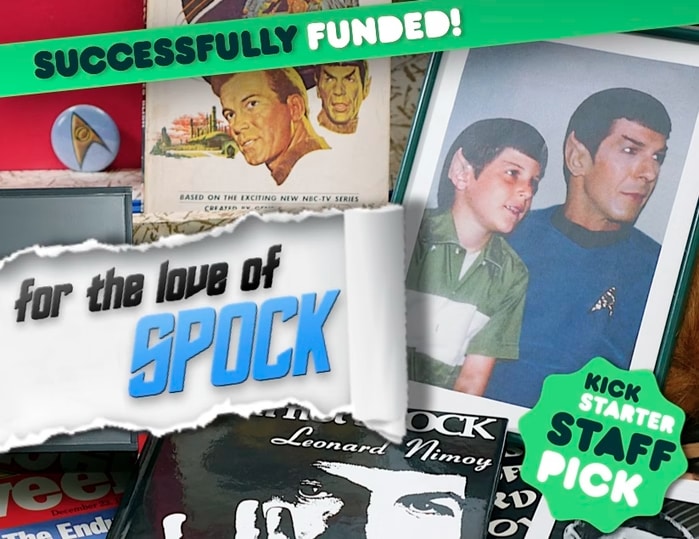
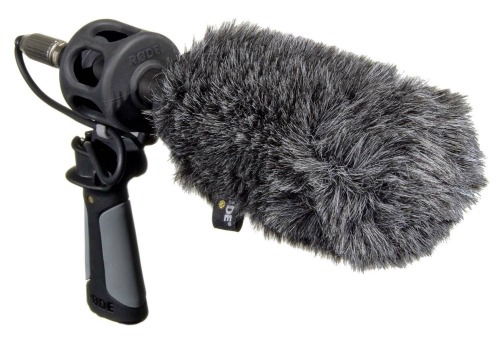

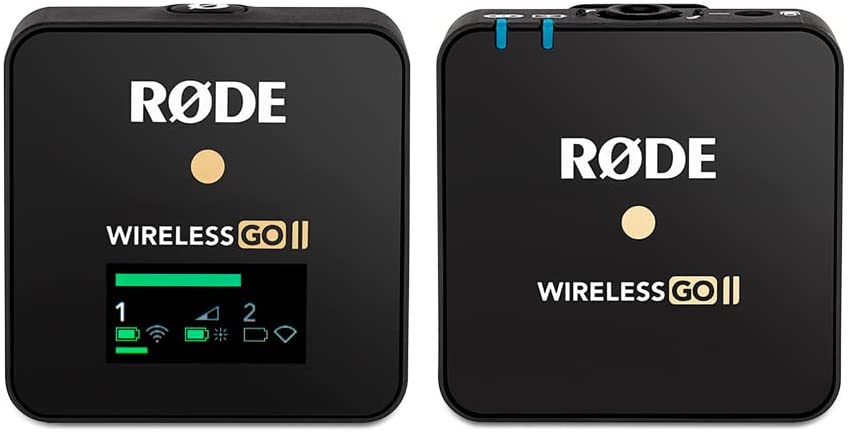
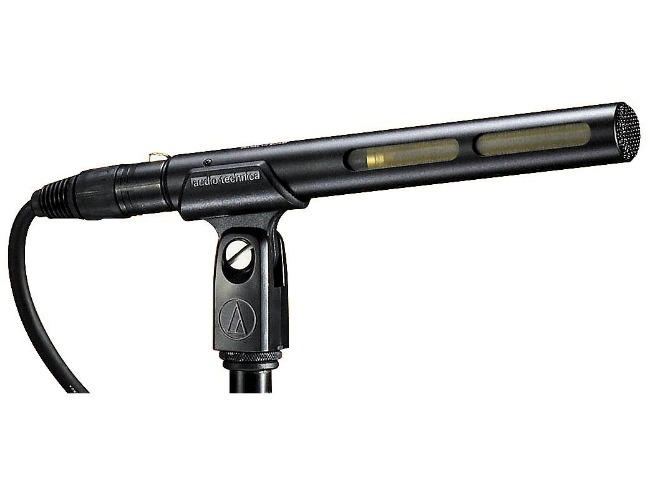
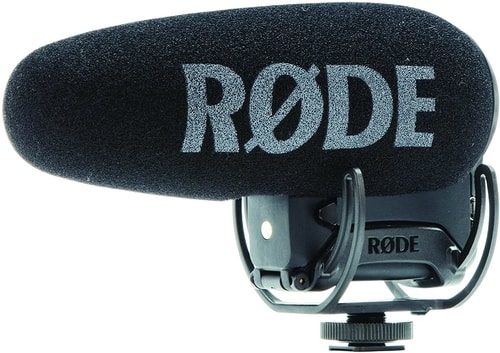

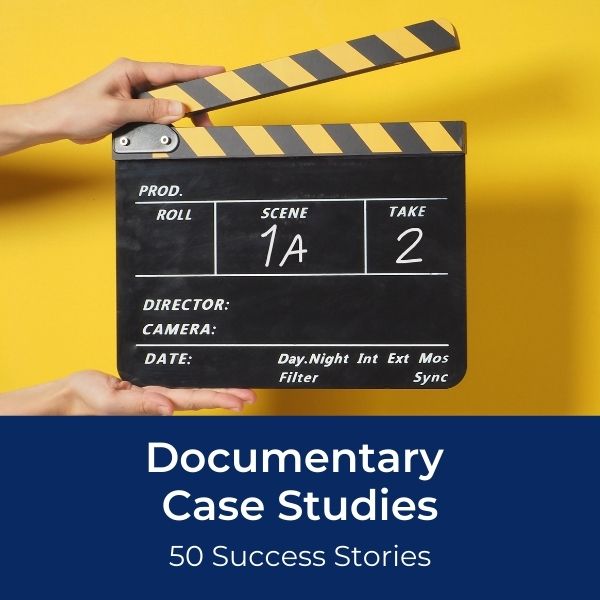



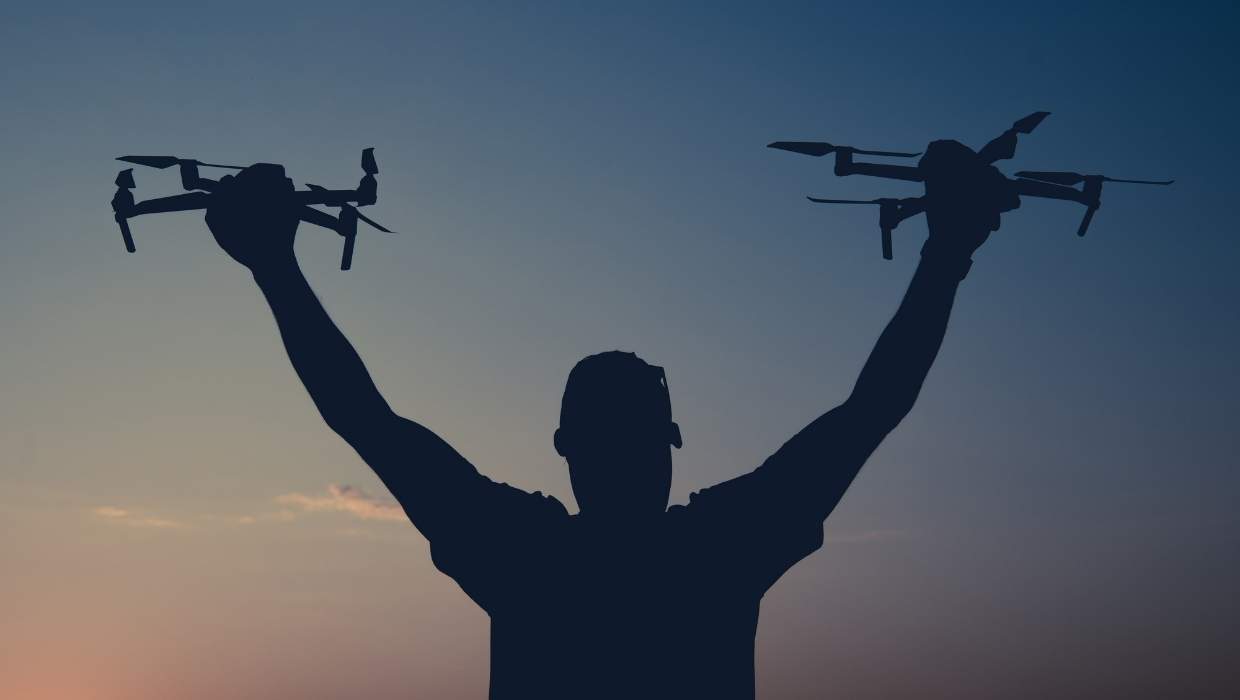










New! Comments
[To ensure your comment gets posted, please avoid using external links/URL's]